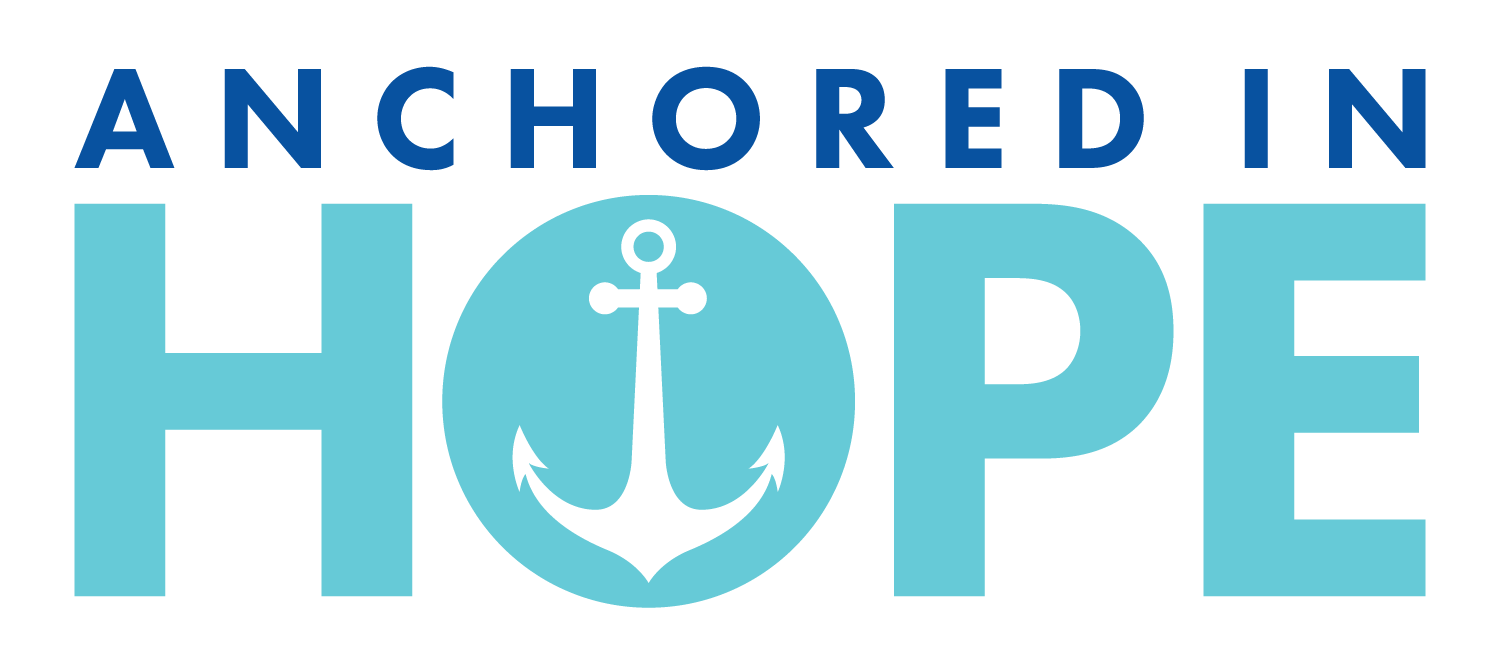The Pop Bottle Effect
The After-School “Pop Bottle” Effect: Why Kids Melt Down When They Get Home
Ever notice how your child holds it together all day at school—only to come home and explode over the wrong color cup or a missing snack?
That’s the “Pop Bottle Effect.”
⚓️What Is the Pop Bottle Effect?
Imagine your child as a soda bottle being gently shaken throughout the day.
Each small stressor—noise in the cafeteria, unexpected schedule changes, social pressures, sensory overload—adds another shake.
At school, your child is “keeping the lid on” to stay regulated, polite, and focused.
Once they’re in the safety of home, that lid finally pops—the emotions, fatigue, and stress fizz out all at once.
⚓️Why It’s Especially Common in Neurodivergent Kids
For children with ADHD, autism, sensory processing differences, or anxiety, the school environment can be especially taxing:
Sensory overwhelm: Bright lights, loud hallways, scratchy clothing, constant transitions.
Masking: Neurodivergent children often work extra hard to fit in socially or meet classroom expectations.
Executive fatigue: Following directions, managing impulses, switching tasks—all drain cognitive energy.
Emotional regulation load: They may spend all day suppressing frustration, confusion, or anxiety to avoid standing out.
By the time the final bell rings, their internal bottle is under pressure.
⚓️What the After-School Meltdown Really Means
The after-school meltdown isn’t defiance or “bad behavior.” It’s a release of stored-up tension.
In fact, it’s often a sign of safety—your child trusts you enough to let down their guard.
When the nervous system has been in “fight, flight, or freeze” mode all day, the home environment becomes the place where regulation begins.
⚓️Supporting Your Child Through the Release
Instead of trying to stop the fizz, focus on helping it settle.
Here are practical strategies:
Create a transition zone
Give your child 15–30 minutes after school with no demands—no questions, chores, or homework. Offer a snack, quiet space, or favorite activity.Prioritize sensory decompression
Weighted blankets, deep pressure hugs, swinging, jumping on a trampoline, or quiet time in a dim room help the nervous system reset.Keep communication gentle and brief
Ask open-ended but low-pressure questions later, like “What was one part of your day that made you smile?” instead of “How was school?”Predictable routines
Structure helps kids feel safe. Knowing what to expect after school reduces additional stress.Model calm
Your own regulation helps co-regulate your child. Deep breaths, calm tone, and presence go a long way.Collaborate with teachers
Share patterns you see at home. Together, you can identify stressors and supports that might reduce the “shaking” during the day.
⚓️Remember
Your child’s after-school “pop” isn’t about being difficult—it’s about being human.
They’re learning to regulate big feelings in a world that can be overwhelming.
When you respond with empathy and calm, you teach them that home is a safe harbor—
a place to reset, reconnect, and anchor back into peace.
⚓️ BE THEIR ANCHOR, NOT THEIR STORM
Regulation starts with Connection
